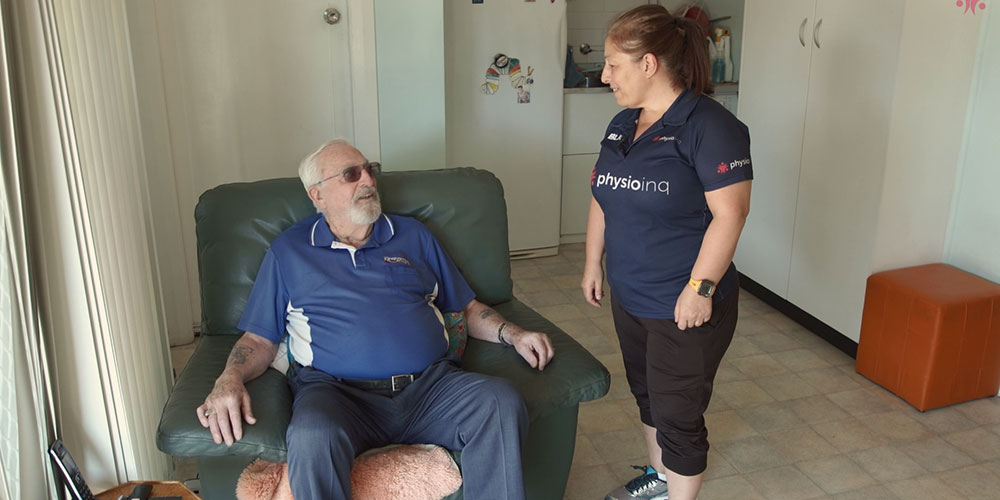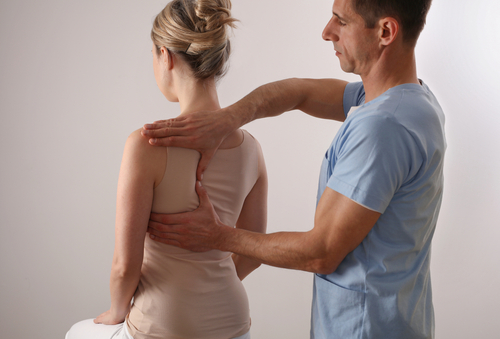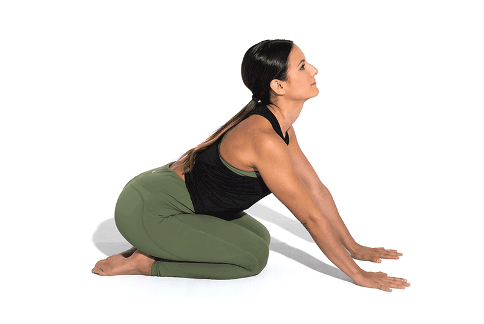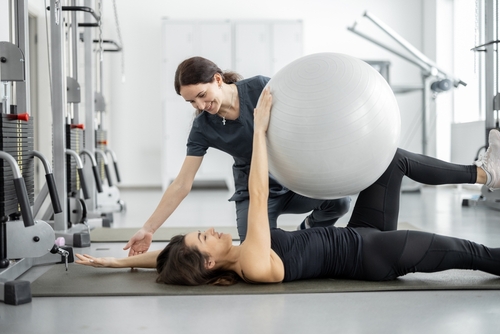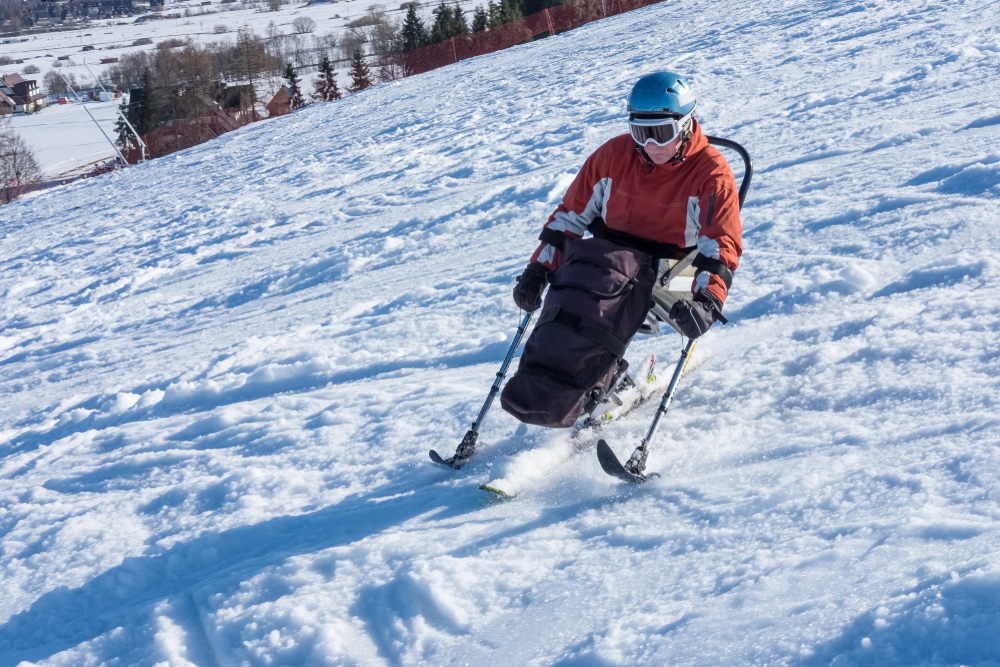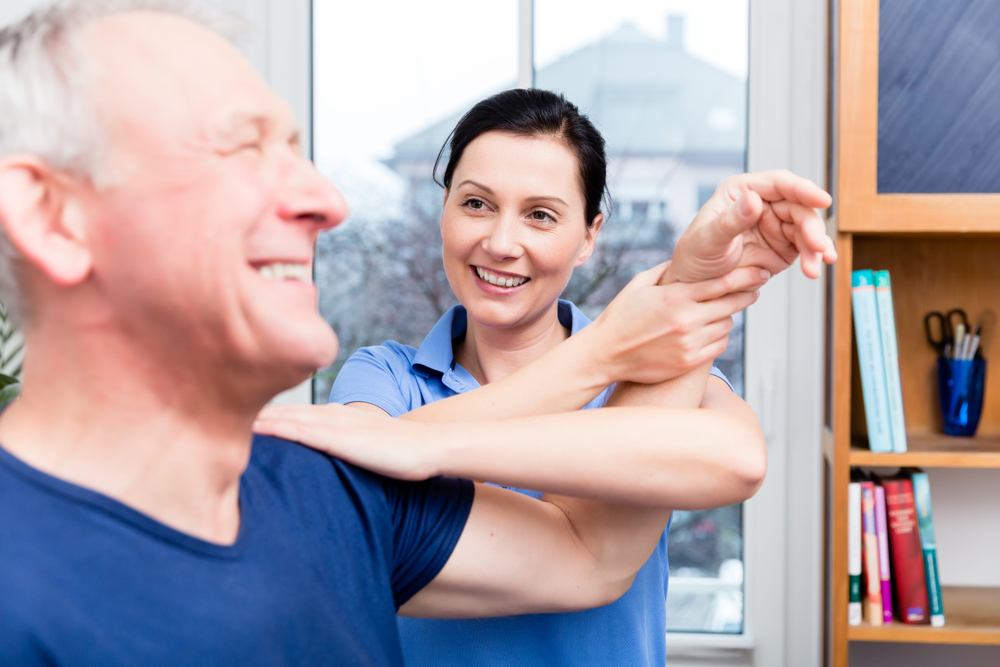Make an Appointment
Neck and shoulder stiffness is one of the more common health problems. However, there is no age- or gender-related pattern that’s behind this chronic pain.
The major issue with neck and shoulder stiffness is neglect. Patients with a stiff neck or shoulders quite famously tough it out, and resort to seeing a doctor once their pain becomes unbearable.
This is a serious mistake that many people make, heaping more pain on their injury than if they address the issue before the pain is overwhelming.
It’s better that you get your neck and shoulder stiffness checked ASAP by some therapist who would resolve the problem sooner and more effectively.
What Exactly Is Neck and Shoulder Stiffness/Tightness?
At Physio Inq, we refer to stiffness and tightness as two separate issues. Many health practitioners see them as one and the same but knowing the difference between stiffness and tightness is important so we can treat each issue for what they are.
Stiffness vs. Tightness
Stiffness in the muscles usually results from its overuse, primarily. When muscles undergo stiffness, the blood vessels find it difficult to pass blood through them, and when you do some training, your body tends to feel heavier and aches a lot quicker. If you ever have had muscle stiffness, it’s possibly due to keeping your head in the same static position the entire day.
Tightness, however, leads to limiting the range of movement. Tightness itself occurs when some muscles in the body are injured and the tissues around that injured area seize up to act as a protective sheath. So if you have ever heard your back twinge while getting up and ended up finding difficulty in tying your shoelaces, it’s probably muscle tightness.
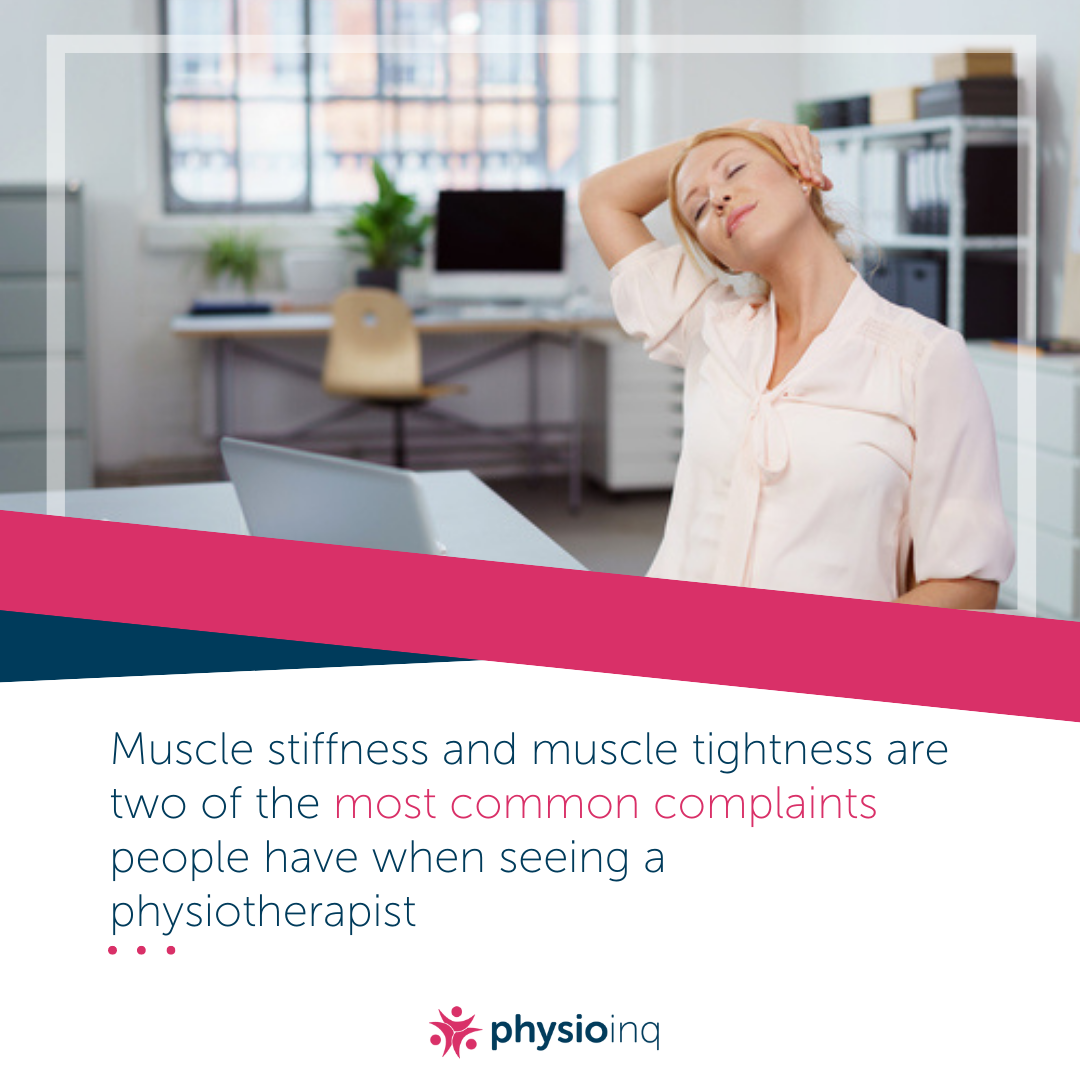
Reasons for Stiff Neck and Shoulders
As aforementioned, stiffness in the neck or shoulder could be an outcome of prolonged sitting in the same posture throughout the day. When you aren’t moving your muscles over the entire day, you are signalling to your body that you don’t need any further range of movement, thus causing stiffness.
Let’s look at a few more causes of a tight neck and shoulders.
Poor Posture
Poor posture can cause neck pain by straining muscles and ligaments that support the neck, resulting in injury over time. This occurs when the neck slants forward, placing the head in front of the shoulders. Many have this neck-forward posture while using their mobile devices.
Arthritis
Like the rest of the body, the discs and joints in the neck degenerate due to wear and tear or injury.
Pain can be mild to severe and may be worsened by looking up or down for a long time, or by activities where the neck is held in the same position for a long time like driving or reading a book. Neck pain usually subsides with rest or lying down.
Muscle Strain or Sprain
The muscle running the length of the back and along the side of the neck is called the levator scapula. This muscle connects the spine to the shoulder and can easily become strained.
You can strain this muscle while doing many everyday activities, such as maintaining poor posture, stress, repetitive head-turning or sleeping without proper support.
How to Treat A Stiff Neck In 60 Seconds?
Neck or shoulder stiffness could make you feel dreadful, especially if you have loads of things to do and you aren’t able to do them because of the limitations in your range of movements. Utilize physio for neck and shoulder pain to get feeling better. Below are a few of our favourite exercises to reduce the stiffness that won't take you longer 60 seconds to do:
Shoulder Rolls
Stand with feet shoulder-width apart and arms to your sides. Rotate shoulders in a forward direction making big circles with them and then rotate them backwards. Keep your back straight and breathe normally. This exercise is great for loosening up the shoulder muscles.
Neck Rotations
Lie flat on your back, knees bent and feet flat on the floor. Slowly turn your neck to the left. Move as far as you can, until you feel a stretch and hold for 5 seconds, then repeat to the right. Keep your ears, shoulders, and hips in line.
Chin Tucks
Start by standing straight while squeezing your shoulder blades together. Put your index finger on your chin and slightly tuck your chin. Gently push your chin back with your finger until you feel a slight, painless stretch along the back of your neck.
Hold the position for up to 20 seconds. Return to starting position and repeat 5 times.
Neck Rolls
Start with your head straight, eyes gazing forward and slowly turn your head to the left. Hold for a few seconds and roll your head back so you stare at the ceiling. After that, gently roll your head to the right. Finally, roll your head forward so that your chin faces down.
Repeat 5 times if you’re not feeling pain with this exercise.
Head Lifts
Lie face down on a firm surface and rest on your elbows as you raise your head, shoulders, and chest. With your chin tucked, lift your head up and back trying to look at the ceiling. Hold the position then return to looking down at the ground. Repeat at least 5 times.
Next, lay on your back. Raise your head off the floor while making sure that your shoulders don’t lift off the ground. Point your chin to your chest and try to stare at your stomach. Hold for 5 seconds and return to the lying position. Repeat up to 10 times.
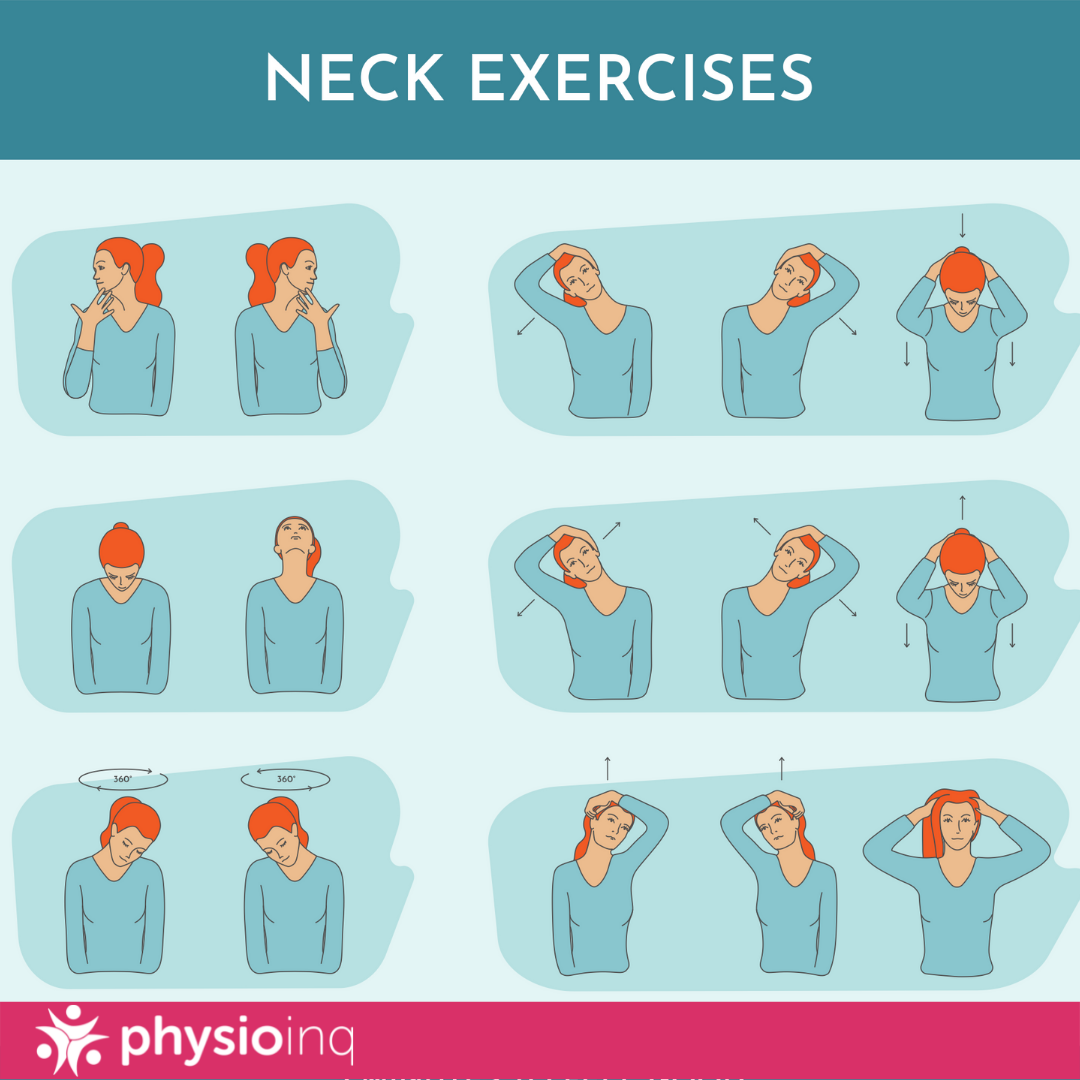
If you are interested in learning more exercises for a stiff neck that are personalised to you, access one of our In Clinic, In Home OR Online Physiotherapists.
Physio Inq can provide expert physiotherapists to you with a personalised treatment plan to hopefully reduce and eliminate your stiff neck once and for all. Please visit the below services we are offer in your area.
In Clinic & Mobile Physiotherapy Service
Telehealth & Online Physiotherapy Services
Date Published: Thursday, March 24, 2022
Locate a Mobile Physiotherapy
Service Near me
Get the experience & convinence you deserve to support your or a loved one's allied health needs.
Our Mobile Physiotherapy team are currently serving & taking appointments in the following states and regions in Australia:
Need to get into direct contact with ur Client Services team? We're all ears. Call our team directly on 1300 731 733

